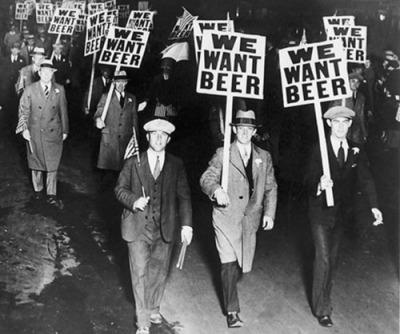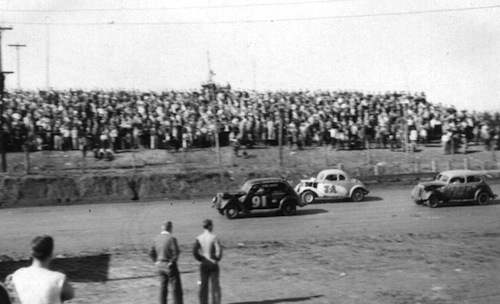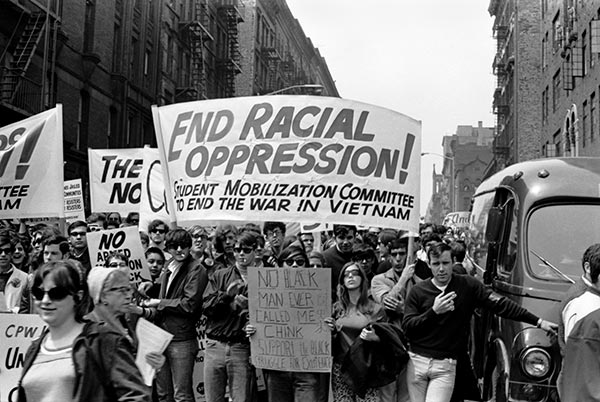The Civil Rights Era of the 1940s to 1980s has many notable figure heads from the Reverend Martin Luther King Jr. to Carolinians such as J.A. DeLaine, but not much is said about the women who blazed the trails for rights using this same freedom fighting momentum. Betty Feezor was one such woman that did indeed change the face of television.
 |
| This image was taken during the taping of the Betty Feezor Cooking Show's 20th episode in 1953. |
During the 1950s and 60s, Charlotte network television, much like the rest of America, aired few women on their shows. Betty Feezor, however, was on air and hosted a wildly popular cooking show on WBTV. The image featured this week is from her show, The Betty Feezor Cooking Show's, 20th episode in 1953. In 1958, her show was the first color video program aired on national network television, a huge milestone in women broadcasting history. For 24 years her show was one of the most famous to air on the WBTV's network and she was a trailblazer for women, both state and nationwide. She was a natural behind the camera and was able to interview many famous people, including both President Nixon and Rose Kennedy.
 |
| In addition to her television show, Feezor was also the author of a series of cookbooks. |
In 1982 she was elected into the North Carolina Association of Broadcasters Hall of Fame. Unfortunately, she died in 1973 from cancer, but her life and groundbreaking women's work on television is documented in her published diary "A Life that Mattered." Feezor personified the example of proper ‘women's’ behavior and domestic lifestyle, but was also a leader by example of what bounds women could leap. Feezor's struggle for women's rights was not the only struggle going on at the time.
Many other Civil Rights movements happened during this time, such as beginning of the struggle for rights for Latin Americans, Native Americans, LGBTQ, and women's rights. The ways that television and radio were now common in the lives of many Americans made the listeners and viewers more aware of these movements, leading to a much greater social impact.




































